#african animator
Text
trans person: im trans
society: ok
the magnificent african forest buffalo:

91K notes
·
View notes
Text

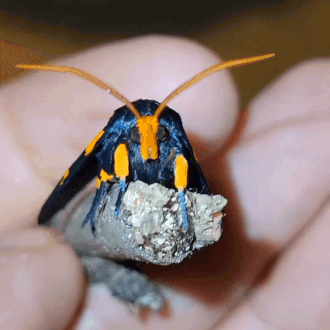


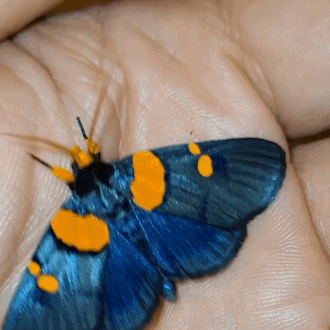
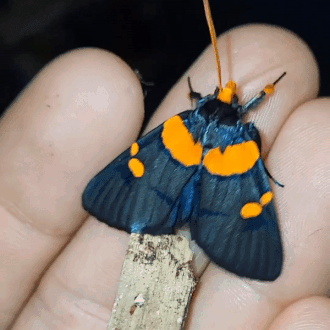
african peach moth (egybolis vaillantina) | source
#stim#moths#bugs#insects#sfw#blue#yellow#orange#shiny#african peach moth#animals#wings#egybolis vaillantina#hands#ishy gifs#postish#this moth makes me SO HAPPY#i love all moths don't get me wrong#but have you ever...seen a blue moth like this#gonna be makin a lotta gifsets of these fellers
37K notes
·
View notes
Text
I promised you some lions! Let's talk about manes, males, and management.
This is Tandie, the current male lion at the Woodland Park Zoo.
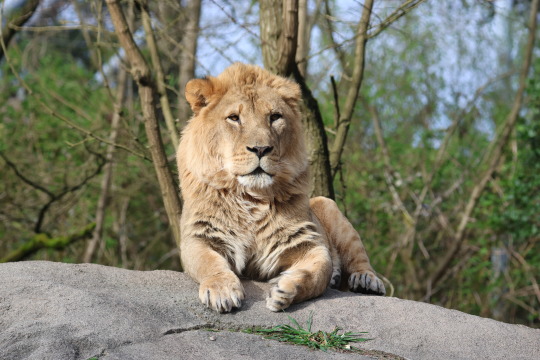
Notice anything odd about him? He's got one of those hilarious awkward teenager manes. Except... this cat is nine years old.
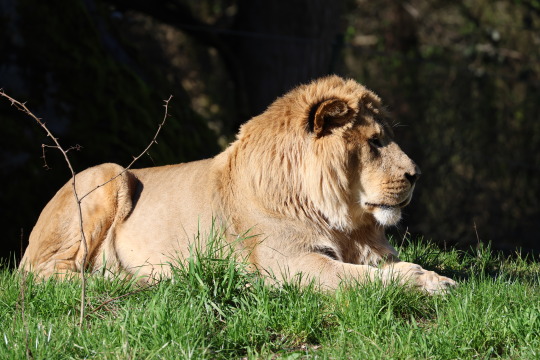
I was, of course, immediately curious.
Manes serve a lot of purposes for male lions, including being an indicator of health and fitness - it's actually a sexually selected trait and a social signal. Mane texture / hair quality / length is dependent on nutrition and the body having energy to grow (and carry around!) that much hair! The color is also a signal: males with darker manes have been found to have higher testosterone levels.
In one research report, wild males were much more likely to avoid a lion decoy when it had a longer or darker mane - but the girls really loved a dark mane. It's thought this is because a long, dark mane is an indicator of mate quality. Males with longer, darker manes have higher testosterone and were pretty healthy: meaning they had more energy for fighting, had a better chance of recovering if they got injured, and generally had a higher rate of offspring survival. Manes matter!
So, back to Tandie. He was actually born at the Woodland Park Zoo in 2014 alongside two brothers, to dad Xerxes and mother Adia.
This was Xerxes (rip).
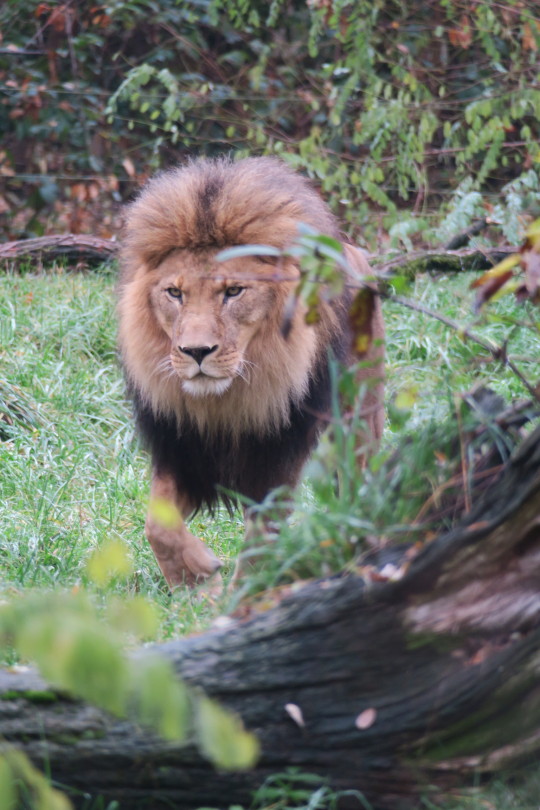
Obviously, a very large, dark, lush mane on Xerxes here. So where did these blond muttonchops come from on his son?
I asked the zoo docents and got an answer that didn't make a lot of sense. They told me that after the three cubs grew into adolescents, they were moved to the Oakland Zoo together. But living together suppressed his testosterone, and he never grew a mane.
Hmmmm.
Here's a photo from 2016, when the brothers debuted at Oakland. They're a year and a half old in this photo.
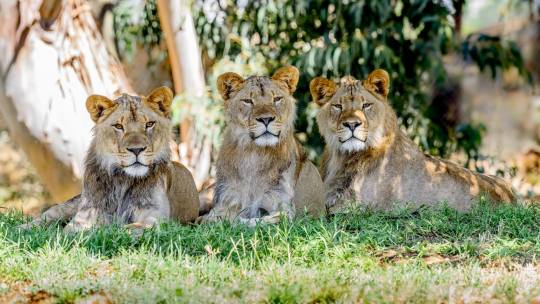
(Photo Credit: Oakland Zoo)
And here's from an announcement for their third birthday.

(Photo credit: Oakland Zoo)
Okay, so these dudes obviously all were growing manes as of 2017. I think Tandie is the one on the left in the first photo, and laying down in the middle on the second. What happened?
I was just in the Bay Area for a zoo road trip, of course I went to Oakland and tracked down a docent to ask some questions.
It turns out that shortly after the brothers turned three, they started acting like adult male lions: they started scuffling regularly. It's a normal social thing for male lions to live in groups, called coalitions, but according to my lion experts there's generally a baseline level of some social jostling within them. It wasn't quite clear from what the docent said if they couldn't manage the boys together, or if they just wanted to avoid the scratches and small wounds that result from normal lion behavior. Regardless, they put all three of the boys on testosterone blockers in order to be able to keep them together as a social group.
Now, I don't know a lot about the use of hormone alteration as a form of captive animal management, except in the case of birth control. I don't think it's something that's unethical - there was just a webinar on it that I saw go by - but I don't think it's commonly done with big cats. Lions have kind of complicated reproductive cycles, and for instance, we've been learning that female lions can take much longer to come into estrus again than expected after coming off hormonal birth control.
In males, testosterone blockers (or being neutered) means they lose their manes. This is why a lot of rescues will do a vasectomy on their males instead of a neuter - it allows them to keep their mane and the social signals that accompany it.
Tandie returned home to Woodland Park Zoo after Xerxes passed in early 2022, and the docent told me all of the lions had been off their blockers "for while." I'd guess those things happened around the same time, since bringing the trio down to a duo at Oakland would reduce some of the social tensions.
Hormones are such interesting things, though. One of Tandie's brothers has a full mane again, and the other is still totally mane-less.
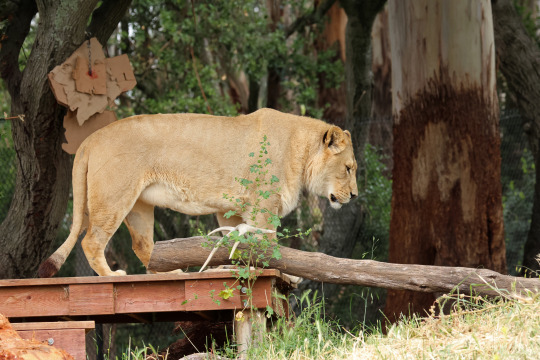
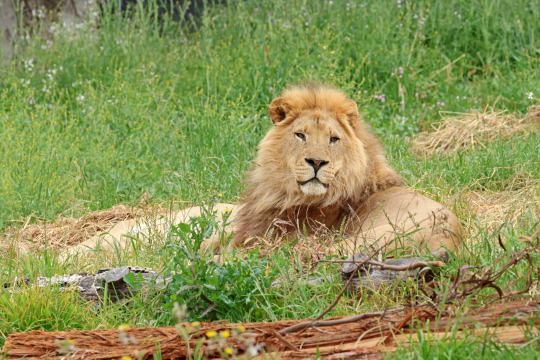
As for Tandie, his mane is growing back in, and it looks like he might rival his dad for length and coloration.
He started here, in February:

Yesterday:

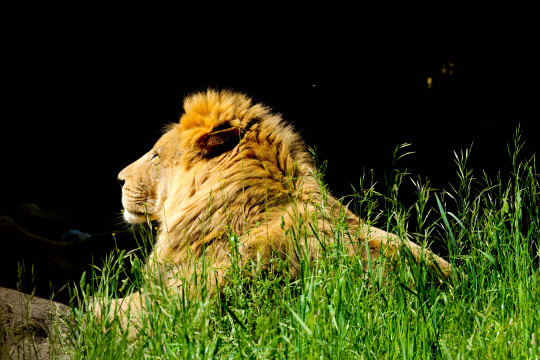
What a difference four months (and maybe proximity to a girl) makes!
#big cats#lion#african lion#big cat behavior#zoo animals#zoo animal welfare#captive animal management#zoos
8K notes
·
View notes
Photo



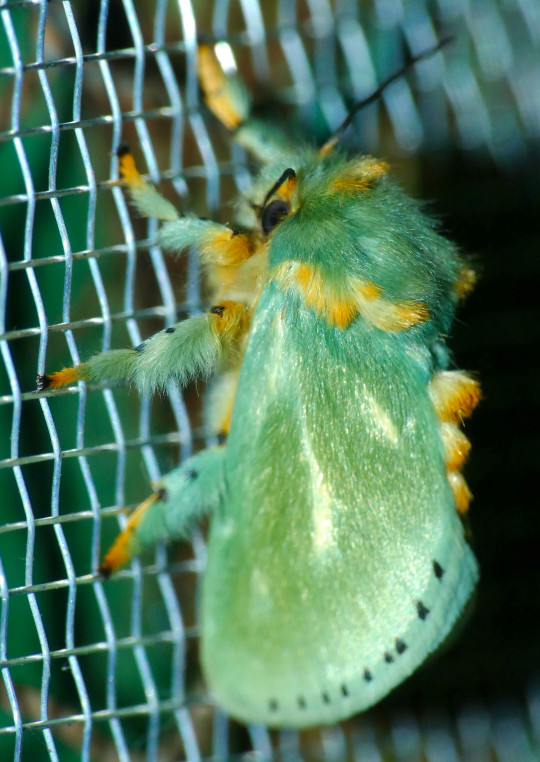
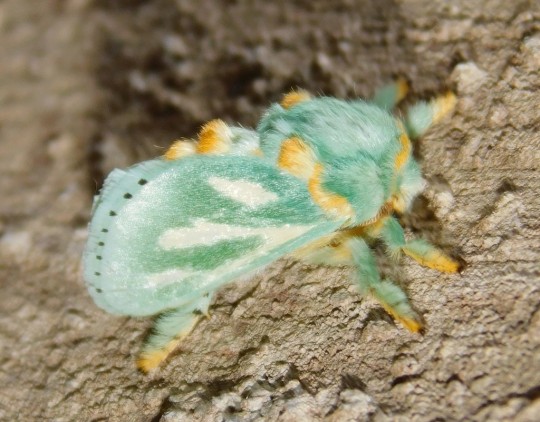

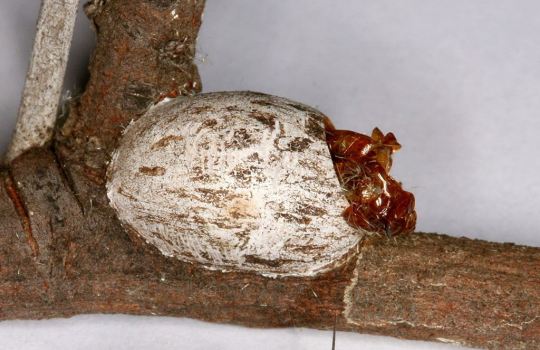
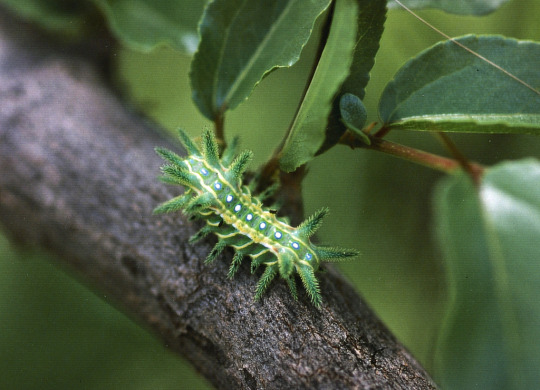
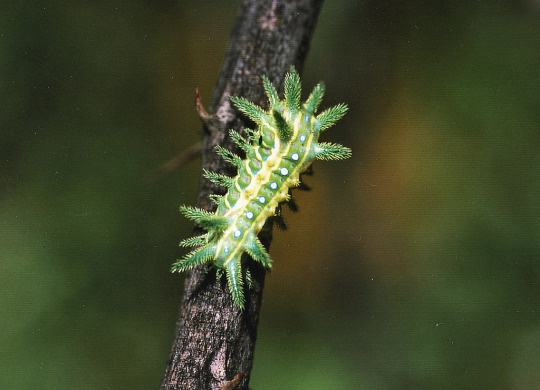

Southern African slug moth, Coenobasis amoena, Limacodidae
Photo 1 by thijsvalkenburg, 2 by nikiescott, 3 by fubr, 4 by Bernard Dupont, 5 by qgrobler, 6-7 (cocoon before and after moth emerged) by nikiescott, 8-9 by wolfachim, and 10 by suncana
#animals#curators on tumblr#insects#bugs#slug caterpillar moth#slug moth#caterpillar#larva#southern african slug moth#cup moth#cocoon#pupa#one nice bug#limacodidae#Coenobasis amoena
15K notes
·
View notes
Text
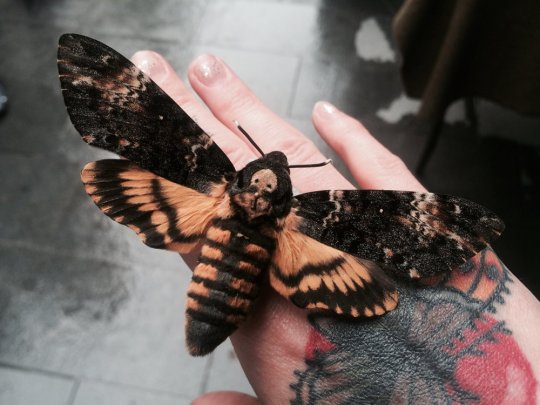
A very famous moth, the African death's head hawkmoth :) Named after the skull shape on their back, though honestly i dont care about the skull, i care about the fact that they can SQUEEK!!!
I LOVE THEM SO MUCH
#cute#adorable#squeek#moth#african moths#africa#moths#animals#nature#photography#fluffy#death head#holy heck i love them#insects#insect#insectblr#entomology#what a cutie#animal friends#flying#wings
46K notes
·
View notes
Text

A Somali wild ass (Equus africanus somaliensis) rolls in the sand at San Diego Zoo and Safari Park
by Helene Hoffman
#somali wild ass#african wild ass#equines#equus africanus#equus#equidae#perissodactyla#mammalia#chordata#san diego zoo#captive animal
2K notes
·
View notes
Text

#akeussel#art#artist#art of the day#artists on tumblr#sketch#croquis#illustration#graphite#hand drawn#sketchbook#2d#2d art#dog#dogs of tumblr#african wild dog#lycaon#chien#nature#animals#doggo
4K notes
·
View notes
Text

Forest buffalo
By: Peter B. Kaplan
From: Wild, Wild World of Animals: Wild Herds
1977
#african forest buffalo#african buffalo#bovine#ungulate#mammal#1977#1970s#Peter B. Kaplan#Wild Wild World of Animals
667 notes
·
View notes
Text

IG: Vaanessamk
#black#black people#melanin#melanin poppin#black girl#black power#retro anime#aesthetic#blackgirlmagic#luxury#african girl#african girls#diamond#diamonds#hiphop#curvy girls#blackqueen#black women#black tumblr#black beauty#90s anime#white dress#black girl magic#luxurious#classy#makeup#old money
1K notes
·
View notes
Text
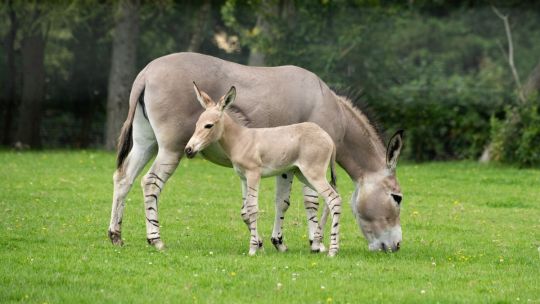
The African wild ass foal was born at Marwell Zoo in the U.K. on Aug. 20.
(Image credit: Marwell Zoo)



1K notes
·
View notes
Text

Leopard head
17th century
Nigeria
Ivory
1K notes
·
View notes
Text

26K notes
·
View notes
Text
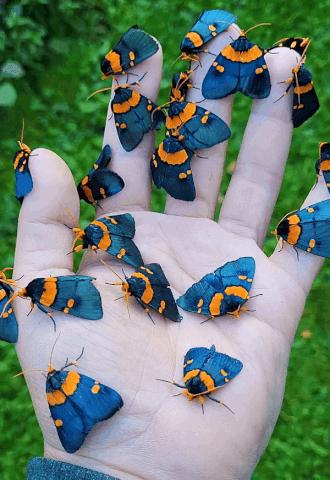
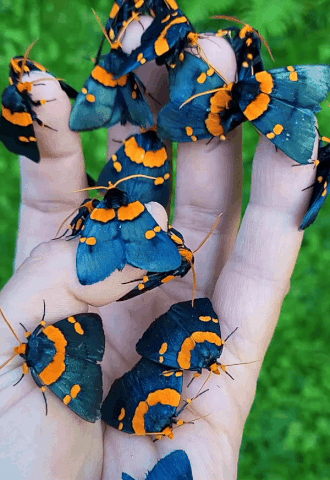
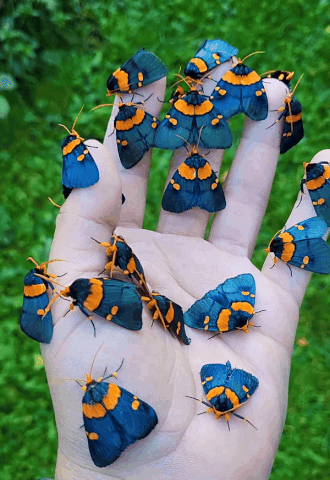
lots of african peach moths (egybolis vaillantina) | source
#stim#moths#insects#bugs#sfw#blue#yellow#green#orange#lots of bugs#african peach moth#egybolis vaillantina#wings#animals#hands#ishy gifs#postish
8K notes
·
View notes
Text
An African lion’s (Panthera leo) roar can be heard up to 5 mi (8 km) away—that’s some mane character energy!
#amnh#museum#nature#natural history#animals#fact of the day#did you know#african lion#panthera leo#big cats#wild cats#natural history museum#leo season#leo#animal facts
524 notes
·
View notes
Photo







African giant skipper, Pyrrhochalcia iphis, Hesperiidae
Found in Western Africa
Photo 1 by desertnaturalist, 2-3 by rdb123, 4 by emskakoon, 5 by kdbishop69, 6 by muir, and 7 by botalu
#animals#curators on tumblr#insects#bugs#butterfly#skipper#african giant skipper#larva#caterpillar#one nice bug
1K notes
·
View notes
Text

African Bullfrogs (Pyxicephalus adspersus), family Pyxicephalidae, males fighting during mating season, South Africa
photograph by Christian Passeri
545 notes
·
View notes